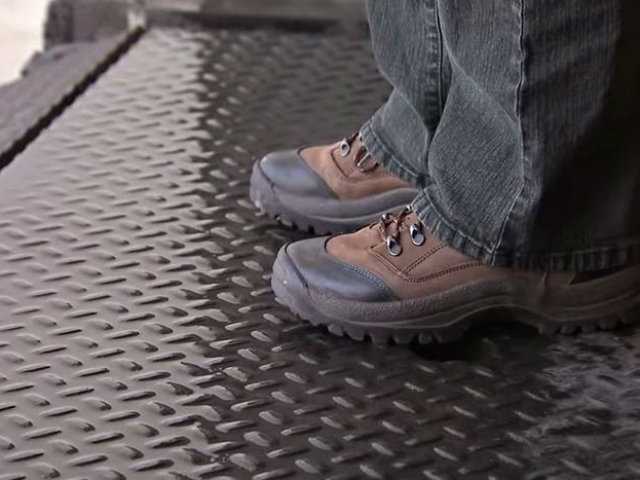 Slips and trips are among the most common causes of injury at work. Your employees are your greatest assets. Thus, making sure that they work in a safe environment should be your primary concern. As an employer, part of your responsibility is to manage the health and safety risks in your workplace. For this reason, it’s important to have a risk assessment.
Slips and trips are among the most common causes of injury at work. Your employees are your greatest assets. Thus, making sure that they work in a safe environment should be your primary concern. As an employer, part of your responsibility is to manage the health and safety risks in your workplace. For this reason, it’s important to have a risk assessment.
Below are some ways to help you take sensible measures to control the risks in your office:
Consider the Possible Risks
By now, you’re probably taking steps to protect your employees. But, only your risk assessment can tell you whether you need to do more. Think about the risks in the office that may lead to slip, trip or fall injuries and then decide what effective control measures should you have to prevent these accidents from happening.
Ask Your Employees
Make sure to ask your employees about their opinions on hazards. Ask them for some ideas on how to control such risks. In risk assessment, the opinions of your employees matter. Since they spend most of their time in the workplace, for sure they’ll notice some things that aren’t too obvious to you.
Make Straightforward Measures
To readily control risks, straightforward measures are necessary. For example, it’s important to clean up spillages promptly so people won’t slip.
Have a Record
Secure a record of your significant findings and your strategies to prevent them. Practice keeping a record even if you only have a few employees. Make sure to review your risk assessment on an ongoing basis as not all workplaces stay the same.
Establish a Good Management System
Having a good management system will help you identify problem areas. When you decided what to do, make sure to act on decisions made. You should also check if the steps taken have been effective or not.
A positive health and safety culture begins at the board table and spreads throughout the organization. It adds significant value, which includes a reduction in business costs, decreased worker absence and turnover, potentially increased economic returns, and so on. If you consider your employees as your most valuable asset, you should make risk assessment as a priority.

